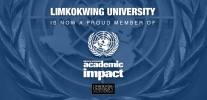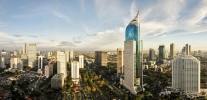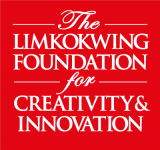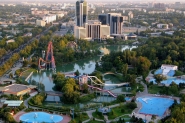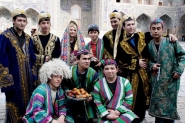- Photo Credit: Swosti Travels
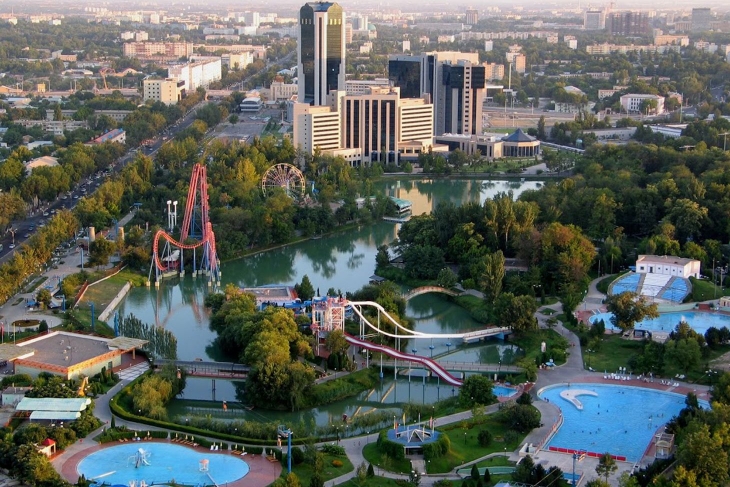 Photo Credit: tavrosgroup.com
Photo Credit: tavrosgroup.com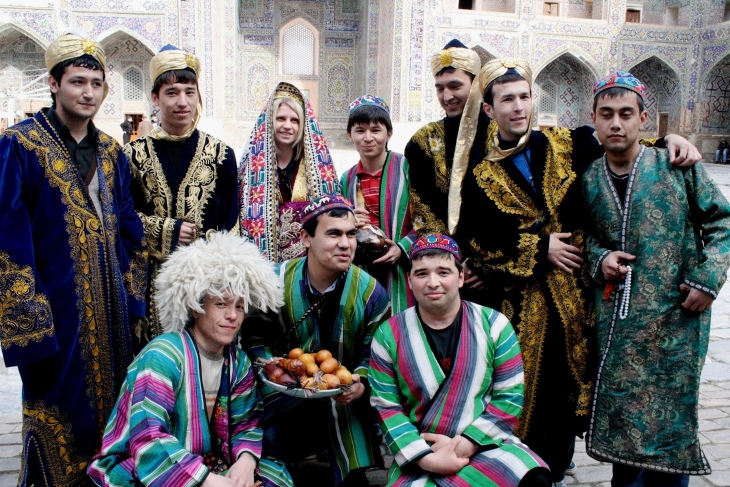 Photo Credit: snowleopardtours.com
Photo Credit: snowleopardtours.com
Uzbekistan is a doubly landlocked Central Asian nation and former Soviet Republic. It was once the ancient Silk Road trade route connecting China with the Middle East. The country spent most of the past 200 years as part of Russia, and then the Soviet Union, before emerging as an independent nation in 1991.
Tashkent is the capital and the most cosmopolitan city in Uzbekistan. Although the city embodies the modern elegance inherent in many world capitals, some part of it stills remains oriental and traditional. In 2007, Tashkent was named a “cultural capital of the Islamic world” by Moscow News, as the city has numerous historic mosques and significant Islamic sites, including the Islamic University.
It is also known for its many museums and its mix of modern and Soviet-era architecture. The Amir Timur Museum houses manuscripts, weapons and other relics from the Timurid dynasty. Nearby, the huge State Museum of History of Uzbekistan has centuries-old Buddhist artifacts.
Uzbekistan has four UNESCO World Heritage Sites namely: Samarkand, Bukhara and Khiva.
The historic town of Samarkand located in the north-eastern region of Uzbekistan, is considered the crossroads of world cultures with a history of over two and a half millennia. Evidence of settlement in the region goes back to 1500 BC.
Samarkand consists of three main sections. In the north-east there is the site of the ancient city of Afrosiab, founded in the 7th century BC and destroyed by Genghis Khan in the 13th century, which is preserved as an archaeological reserve. To the south, there are architectural ensembles and the medieval city of the Temurid epoch of the 14th and 15th centuries, which played a seminal role in the development of town planning, architecture, and arts in the region.
The west of Samarkand corresponds to the 19th and 20th centuries expansions, built by the Russians, in European style. The area represents traditional continuity and qualities that are reflected in the neighbourhood structure, the small centres, mosques, and houses.
Bukhara is more than 2,000 years old. It is one of the best examples of well preserved Islamic cities of Central Asia of the 10th to 17th centuries, with an urban fabric that has remained largely intact. The ancient Persian city served as a major center of Islamic culture for many centuries and became a major cultural center of the Caliphate in the 8th century.
Uzbekistan is the fifth largest exporter and sixth largest producer of cotton in the world, and is rich in natural resources, including oil, gas and gold. It has the largest open-pit gold mine in the world with substantial deposits of copper, strategic minerals, gas, and oil.
According to a report made by Economy Watch, major exportable items of the country are Gold, cotton, manufactures, and textiles. Exports partners of the country are South Korea, Turkey, Japan, US and Russia. Agriculture in Uzbekistan employs 28% of the country’s labor force and 24% of the country’s GDP.







